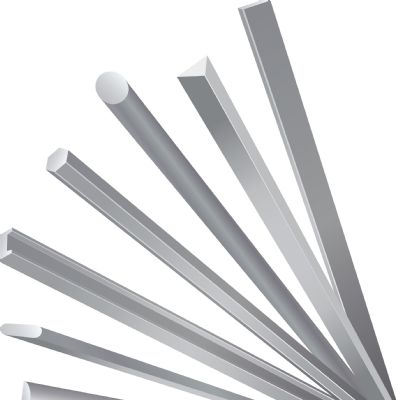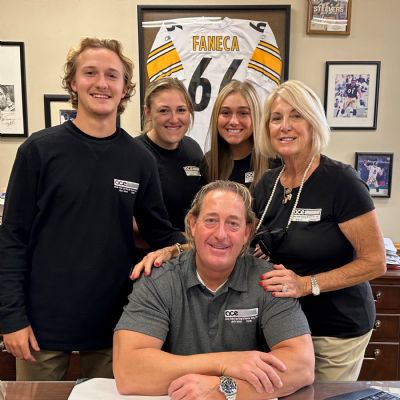Applications for Shaped Wire
August 22, 2024Comments
1. With shaped wire being a fairly uncommon and unique product, how do you see that benefiting metal formers?
Metal formers looking to decrease costs within their supply chain can benefit from shaped-wire solutions. This unique manufacturing method yields near-net wire profiles that can reduce or eliminate the need for outside machining operations for parts with critical characteristics. As the metals industry evolves to support cutting-edge technologies, metal formers can look for solutions within their supply chain to improve efficiencies and cost.
Manufacturers also can look to shaped or flat wire to take on critical characteristics that they typically might struggle with when making tooling for stamping. For instance, with flat wire you can customize the edges, creating different angles and shapes. There also are instances where metal formers can create channels in flat wire.
2. What technologies are involved in processing/developing shaped profiles, and how have they evolved?
Applications have become more sophisticated over the years, and so have in-process and quality-assurance technologies. Critical characteristics such as gauge, width, corner radii and other unique dimensions are measured in-process via contact and laser gauging. High-speed optical comparators are used by our quality team and toolroom experts to verify and validate that we have met all that is required. These technologies helped us evolve beyond where we were just 10 yr. ago. They help reduce rework and let us see live what’s happening with the product. Computer-aided design also helps us create the tooling paths for shapes. We continue to rely on our own expertise, but use of that capability allows us to get better at what we do and helps develop future talent as they take over these tasks themselves.
3. How do people typically approach you with ideas or designs?
Design ideas can range from a hand-drawn sketch to a computer-generated legacy print. We work with customers to understand each profile and application, so that we design a process that meets all dimensional needs and quality-specification criteria upfront. It’s a very collaborative process and an enjoyable part of the job. We get to pull from our decades of experience to help create something that didn’t exist before that conversation and help to solve problems. It’s rewarding looking back to items that you’ve had a hand in creating that now enable a customer to have a successful product, either from a manufacturing standpoint or with a product out in the marketplace.









